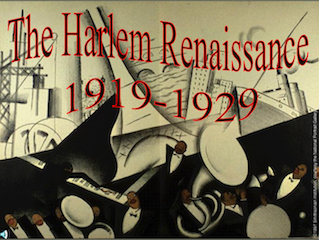
Harlem Renaissance. A cultural, social, and artistic movement that emerged in the Harlem neighborhood of New York City during the 1920s and 1930s. It marked a period of profound African American artistic and intellectual achievement, influencing literature, music, visual arts, and theater.
Origins and Context
The Harlem Renaissance was rooted in the Great Migration, during which African Americans moved in large numbers from the rural South to urban centers in the North. Harlem became a cultural hub where Black artists, writers, and musicians flourished, creating works that celebrated African American identity and heritage while addressing racial issues and social injustices.
Key Figures
Prominent figures of the Harlem Renaissance included:
- Langston Hughes – A leading poet known for his jazz-influenced verse and exploration of Black life in America.
- Zora Neale Hurston – An anthropologist and novelist, best known for Their Eyes Were Watching God.
- Claude McKay – A poet and novelist whose works challenged racial injustices.
- Jean Toomer – Author of Cane, a seminal work blending poetry and prose.
- Duke Ellington & Louis Armstrong – Jazz musicians who revolutionized music and brought Harlem’s sounds to international audiences.
- Aaron Douglas – A visual artist whose work embodied the themes of African heritage and racial pride.
Cultural Impact
The movement significantly influenced American culture, highlighting African American contributions to the arts and society. Harlem Renaissance literature, music, and visual arts laid the foundation for later civil rights activism and helped to challenge racist stereotypes. The movement also played a crucial role in shaping jazz and blues, which became defining genres of American music.
Decline and Legacy
The Harlem Renaissance began to decline in the mid-1930s due to the Great Depression, which reduced financial support for the arts. However, its impact endured, inspiring future generations of Black artists and writers, including those of the Civil Rights Movement in the 1950s and 1960s. Today, the Harlem Renaissance is celebrated as a pivotal moment in American cultural and intellectual history.